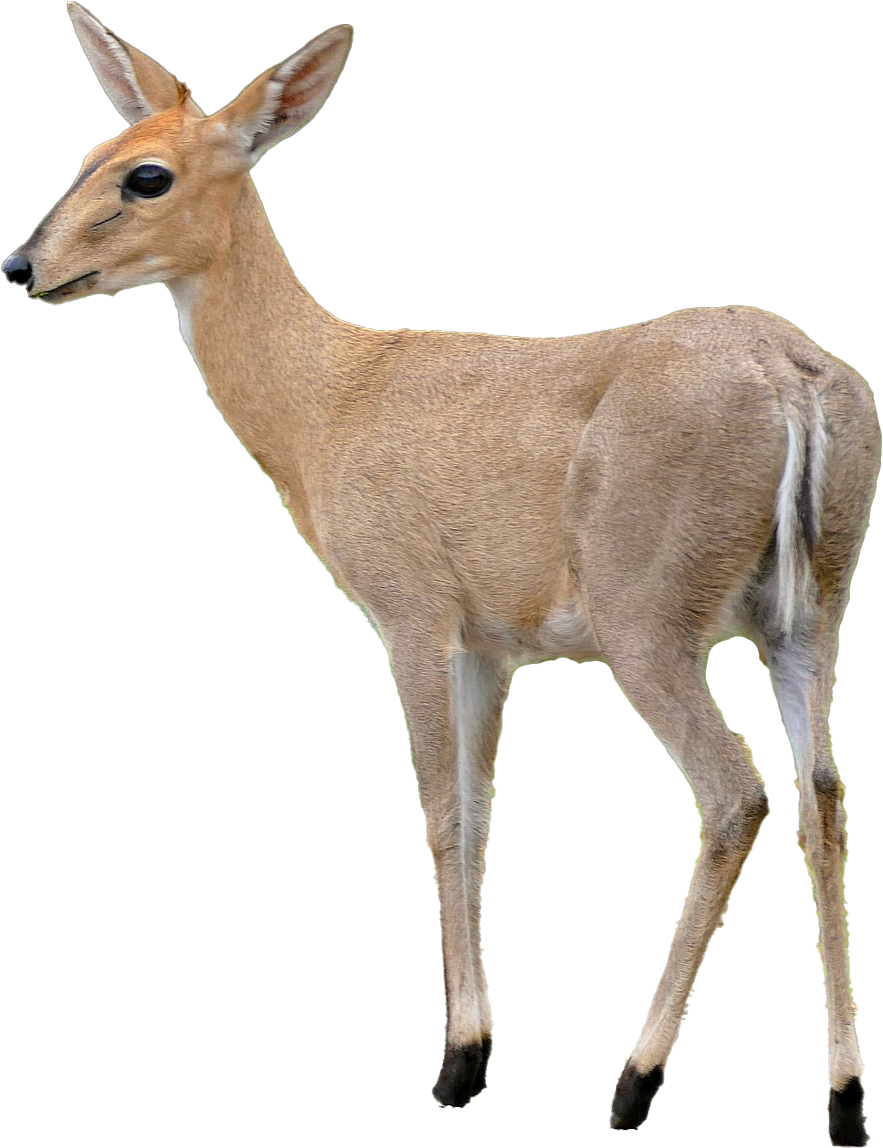
Description:
Duikers weigh 70 kg with the common grey duiker lives in more open areas, such as savannas, it has longer legs and vertical horns, which allow it to run faster and for longer distances; only the males, which are more confrontational and territorial, exhibit horns. Also, duikers have well-developed pedal glands on their hooves. Males use secretions from these glands to mark their territories.
Habitat:
while the only known bush duiker, grey common duiker occupies savannas. Duikers are very shy, elusive creatures with a fondness for dense cover; those that tend to live in more open areas, for example, are quick to disappear into thickets for protection.
Diet:
Duikers are primarily browsers rather than grazers, eating leaves, shoots, seeds, fruit, buds, and bark, and often following flocks of birds or troops of monkeys to take advantage of the fruit they drop. They supplement their diets with meat: duikers consume insects and carrion from time to time and even manage to capture rodents or small birds. Since food is the deciding factor, various locations of food sources often dictate the distribution of duikers. While they feed on a wide range of plants, they choose to eat specific parts of the plant that are most nutritious. Therefore, to feed efficiently, they must be familiar with their territory and be thoroughly acquainted with the geography and distribution of specific plants.
Behavior:
Duikers can be diurnal, nocturnal, or both. Since the majority of the food source is available in the daytime, duiker evolution has rendered most duikers as diurnal. A correlation exists between body size and sleep pattern in duikers. While smaller to medium-sized duikers show increased activity and scavenge for food during the daytime, larger duikers are most active at night.